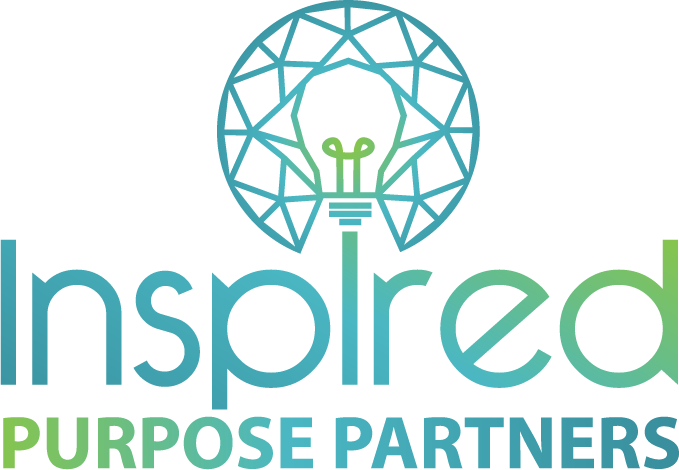Navigating the Fine Line of Authenticity

“Authenticity is a collection of choices that we have to make every day. It's about the choice to show up and be real. The choice to be honest. The choice to let our true selves be seen." – Brene Brown
Authenticity in the workplace is often hailed as a key to effective leadership and harmonious team dynamics. It's seen as the golden ticket to building trust, fostering open communication, and creating an inclusive environment. However, there's a less discussed side to this narrative: the risk of overdoing authenticity. Yes, you can overdose on authenticity, and the consequences can be just as problematic as its absence.
At its core, authenticity is about being genuine, honest, and true to your values and beliefs. In a professional setting, it translates to leaders and employees who bring their whole selves to work without the facade of a workplace persona. Authentic individuals are consistent in their actions and words, both in and out of the office. This transparency fosters trust and reliability, essential components of strong leadership and team cohesion.
While authenticity is desirable, an overdose can lead to several unintended consequences. Unfiltered honesty, for instance, can sometimes come off as tactlessness or insensitivity. Leaders who pride themselves on being brutally honest may unintentionally demoralize their team. Similarly, being overly transparent about one's personal life or emotions can blur professional boundaries, leading to discomfort or misinterpretations among colleagues.
Another risk is the potential for authenticity to morph into intractability. When leaders or employees become too entrenched in their ways under the guise of “being true to themselves,” it can stifle adaptability and openness to new ideas or constructive feedback.
Striking the Right Balance:
Contextual Authenticity: Adapt your level of openness to the situation. Not all scenarios require full disclosure of your thoughts or personal life. It’s about finding the right degree of authenticity that suits the professional context.
Emotional Intelligence: Pair authenticity with emotional intelligence. Being aware of how your words and actions affect others is crucial. It’s about being honest but also kind, empathetic, and considerate.
Constructive Honesty: When offering feedback or opinions, do so constructively. It’s possible to be honest and direct without being hurtful or offensive. Frame your feedback in a way that is helpful and uplifting rather than just blunt.
Professional Boundaries: Maintain a clear line between personal and professional life. Sharing personal experiences or challenges can humanize leaders and create relatability, but it’s important to avoid oversharing or burdening employees with personal issues.
Flexibility and Adaptability: Authenticity shouldn’t be an excuse to resist change or feedback. True authenticity involves growth and adaptability, recognizing that one’s core values can still align with new approaches or ideas.
Authenticity is undoubtedly a valuable trait in the workplace, but like all good things, it requires moderation. The key is not to abandon authenticity but to practice it with mindfulness and sensitivity. Balancing authenticity with professionalism, emotional intelligence, and adaptability ensures that it remains a strength, not a liability, in building a successful and harmonious workplace.


0 comments
Leave a comment
Please log in or register to post a comment